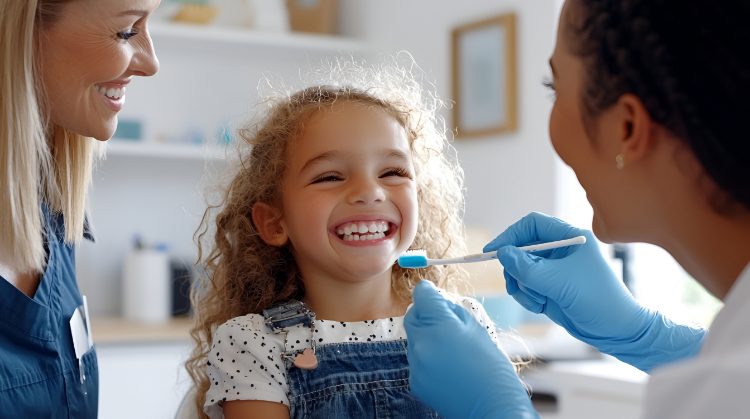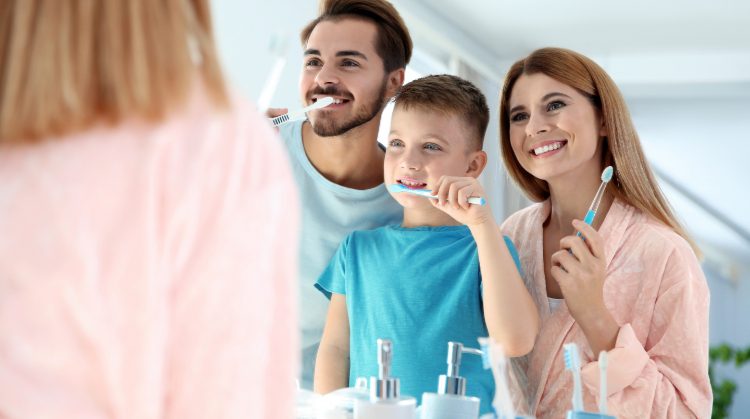
Thanks to television sitcoms, when you picture someone who snores until the house shakes, you likely picture an overweight middle-aged man. For years this was the typical sleep apnea patient and the most likely to get diagnosed and treated for the condition. Over time, research has shown that women and children also suffer from sleep apnea and that they often go undiagnosed, according to Dr. Amy Norman of Dream Smile in Everett, Washington.
“One of the biggest reasons for this disparity in diagnosis between genders and ages is that the symptoms can show themselves differently,” she said. “Some studies have shown that women are more affected with symptoms such as mood regulation and decision-making while men more often report snoring and gasping as prominent symptoms.”
According to a study done by UCLA, men are twice as likely as women to be diagnosed with sleep apnea. Women are commonly diagnosed with anxiety and depression when they report their symptoms related to mood regulation and fatigue. This leads to misdiagnosis and a host of problems for the patient. Untreated sleep apnea can be dangerous, and without proper diagnosis, treatment isn’t possible, Norman said.
Diagnosing Children With Sleep Apnea
Perhaps the most underdiagnosed group when it comes to sleep apnea is children, according to Norman, and it can be dangerous. Information published in the American Academy of Pediatrics Clinical Practice Guide states that undiagnosed and untreated obstructive sleep apnea in children can result in respiratory failure, coma, delayed growth and even death.
In addition, children who suffer from restless sleep due to sleep apnea often have trouble with behavioral problems during the day. Daytime sleepiness can lead to hyperactive behavior and irritability.
Diagnosing sleep apnea in children often requires an overnight sleep study called a polysomnogram if symptoms suggest sleep apnea is possible. Some symptoms to look out for include:
- Chronic, loud snoring during sleep
- Labored breathing during sleep
- Excessive sweating during sleep
- Excessive daytime drowsiness
- Headaches upon waking
- Nighttime bed wetting
- Excessive movements during sleep
Treating Sleep Apnea in Children
One of the most common age ranges for sleep apnea in children is from 3 to 6, Norman said.
“Sometimes the tonsils and adenoids can cause a blockage during these years,” she said. “While some grow out of it, others need surgery to remove them both called an adenotonsillectomy.”
Other treatments for sleep apnea in children include the use of a continuous positive airway pressure, or CPAP, machine. This machine sends a pressurized stream of air to keep the throat and airway open during sleep. It’s also the most common treatment for adults with sleep apnea. For those who can’t tolerate the often loud and cumbersome CPAP machines, oral appliance therapy offers other options.
“Oral appliances can be custom made by your dentist to help keep the jaw in a forward position during sleep,” said Norman. “This helps keep the airway open and free from obstruction and is a much more comfortable option for many patients.”



